KIND to Our Waterways: When the Suds Hit the Drain
There’s a lot of filth washing down the drains of our sinks and showers, and it has nothing to do with what was stuck to our birthday suit. While we attempt to clean ourselves, we’re polluting our waterways. Hiding between the bubbles are chemicals that cannot only harm our bodies, but the waterways that cover our earth.
You may think this is a big dramatic, suggesting a few suds have the potential to damage one of our planet’s most precious resources. We wouldn’t disagree that there are some serious matter affecting humanity, and the argument of natural soaps is a soft cry drowned out amongst the throngs of devastation consistently bashing against this little blue ball we share.
We continuously learn that it’s the cumulation of the little things that can make a big difference. That’s why we’ve committed to doing our part to keep our waterways clean. By steering clear of what we call “The Dirty Dozen”, we not only do our part to provide families with safer, more natural personal care products, we alleviate unnecessary harm to the water that sustains all of life.
What Happens in the Water, Stays in the Water
It’s no secret: we love to treat our bodies to the best. Lavishing lotions, creamy cleansers, brightening bronzers, lengthened lashes, burly beards, smooth-shaven faces, and blissful baths are all luxurious, but at what cost?
Combined with our mass-consumption, sewerage treatment facilities cannot effectively remove the chemical compounds found in cosmetics, causing an effluence of toxic sludge which can possibly make their way into our waterways and food supply.
Who’s the Culprit
Our naughty list contains four chemicals that affect the natural balance of your skin as well as the environment. Let’s dive right in…
Triclosan– You see this antibacterial ingredient in soap, but it is hiding in surprising places like toothpaste, deodorant, lip gloss, cutting boards, mascara, mattresses, lotions, and more. Triclosan has been detected in water after it has been treated, and has the ability to enter waterways through a variety of different avenues. It’s even been detected in urine, plasma, and breast milk.(1) Due to its inability to biodegrade, several concerns have arisen.
The chemical converts to dioxin, affecting the biological balance of plant and marine life in wetlands and waterways. It can be toxic to algae, and one study showed a hormone disruption in bullfrogs.(2) This may seem insignificant, but our food chain can be affected by one small ripple in the natural order of life. Triclosan can combine with chlorine in tap water to form chloroform, a known carcinogen.(2) You may want to consider avoiding products containing Triclosan because it doesn’t get eliminated during the treatment process.
Phosphates– Used to suspend dirt in the cleaning process, detergents have long been culprits of phosphate-ridden ingredients. However, personal care products like mouthwash, bath products, colognes, hair dyes, and make up may also contain phosphates. They make the naughty list because they inhibit bio-degradation of other chemicals. Phosphates can cause a process called eutrophication, where a body of water becomes too enriched with certain minerals, which can kill plant and marine life.(3)
Parabens– Used as a preservative, parabens can be found in many conventional personal care products. They may also be used in food and pharmaceuticals. Some studies have shown parabens may be endocrine disruptors, and they are considered a contaminant in waterways.
Like Triclosan, water treatment does not always eradicate this chemical’s presence from our waterways. While they do biodegrade on their own, when combined with chlorine, they become less so.(4) Their presence has been detected in natural and man-made bodies of water.
Fragrance/Perfume– Because nobody wants to be the smelly kid, we douse ourselves in perfumes. Our houses, clothes, cars, and skin all get treated with fragrance to ward off odor like garlic to a vampire. Turns out, there’s quite a cost to smelling good.
Because a fragrance is considered ‘trade secret information’, the FDA and EPA do not have a regulatory system in place for ingredients used in a product’s fragrance. In humans, the concerns range from respiratory to neurological and dermatological. In an EPA study (1999), fragrances were noted as “persistent, bioaccumulative pollutants that are sometimes highly toxic… [and sometimes] toxicologically significant”.(5) That perfume is really starting to stink, right?!
What’s a Girl (or Boy) to Do?
We live a drive-thru, microwaved, audiobook, crammed-calendar kind of life. Our intentions to live a clean, simplified, earth-friendly life are as easily forgotten as your son’s Chromebook. You’ve just dropped him off at the bus stop, and as the bus pulls away he’s texting you pleading that you bring it to him before first hour. You chase down the bus, hoping that you don’t have to drive all the way to school (again).
Clean waterways?
Yeah, they’re just not your first thought on those kinds of days.
But we’ve all got to step up to save our precious earth. For the son who forgets his Chromebook, and every generation that follows his, we all play a part in planet preservation. Thankfully there are developers, writers, activist, doctors, lawyers, and lobbyists who work tirelessly to go against Congress in order to make our products safer. They design websites and apps that point us to the good, bad, and ugly in personal care products. There’s also a lot of passionate entrepreneurs, using their little corner of the world to do good.
Searching for some helpful resources to make the job of sorting “clean” vs. “dirty” products? Take a look at a few of our favorites below. These resources are helpful when parsing through your “big box brands”. To decipher independent retailers’ list of ingredients, go to the source. We’re always ready to bare it all… all of our ingredients, of course!
Made Safe: Their manifesto reads: “We certify products against a comprehensive list of known toxicants to ensure that they do not contain known harmful chemicals.”(6) To quickly search, visit their site at: https://madesafe.org/.
Rank A Brand: Rank A Brand is an independent organization dedicated to “rank[ing] consumer brands in several sectors on sustainability and social responsibility”.(7) To see how your brands stack up, visit: https://rankabrand.org/.
Think Dirty: This app is super-handy for scanning products on the go. Driven by a family history of cancer, the developer of Think Dirty set out to: “empower and educates the consumer on the cosmetics industry by allowing them to make an informed decision on what products to purchase.”(8) Think Dirty is available on The App Store and Google Play, and accessible here: https://www.thinkdirtyapp.com/.
This world may be a dirty, trying place. But it’s ours. When we look beyond the struggles, we see a beautiful human race, the magnificence of creation, and a lot of good to get involved with. Making decisions to treat yourself, your loved ones, and the planet with respect doesn’t have to be hard. Seek simplicity. Act locally (because it has a global effect). And be KIND.
At KIND soap we’re on mission to be KIND to your skin, the earth, and others. We only use the best handmade ingredients FREE of irritants, toxins, and undesirable ingredients. We package everything in environmentally conscious materials. We’re KIND to others too, donating 10 cents to charity for every product you buy, and giving back in other ways, as well.
And we LOVE you for doing your part too!
Sources:
https://www.ncbi.nlm.nih.gov/pmc/articles/PMC4454990/
https://www.beyondpesticides.org/programs/antibacterials/triclosan/environmental-effects
https://sciencing.com/chemical-pollution-caused-day-detergents-6664097.html
https://www.ncbi.nlm.nih.gov/pubmed/25462712
http://burningissues.org/car-www/latest_news/FragranceReview.htm
https://madesafe.org/about/manifesto/
https://rankabrand.org/home/what-we-do
https://www.thinkdirtyapp.com/about/index.php
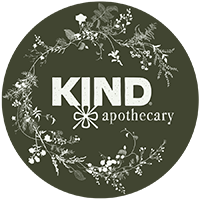
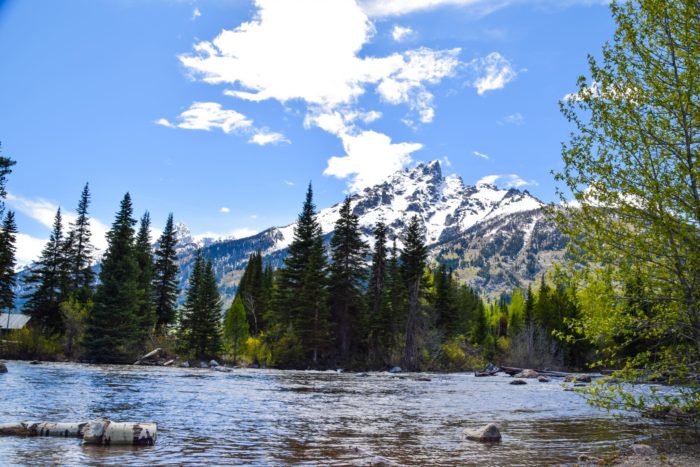
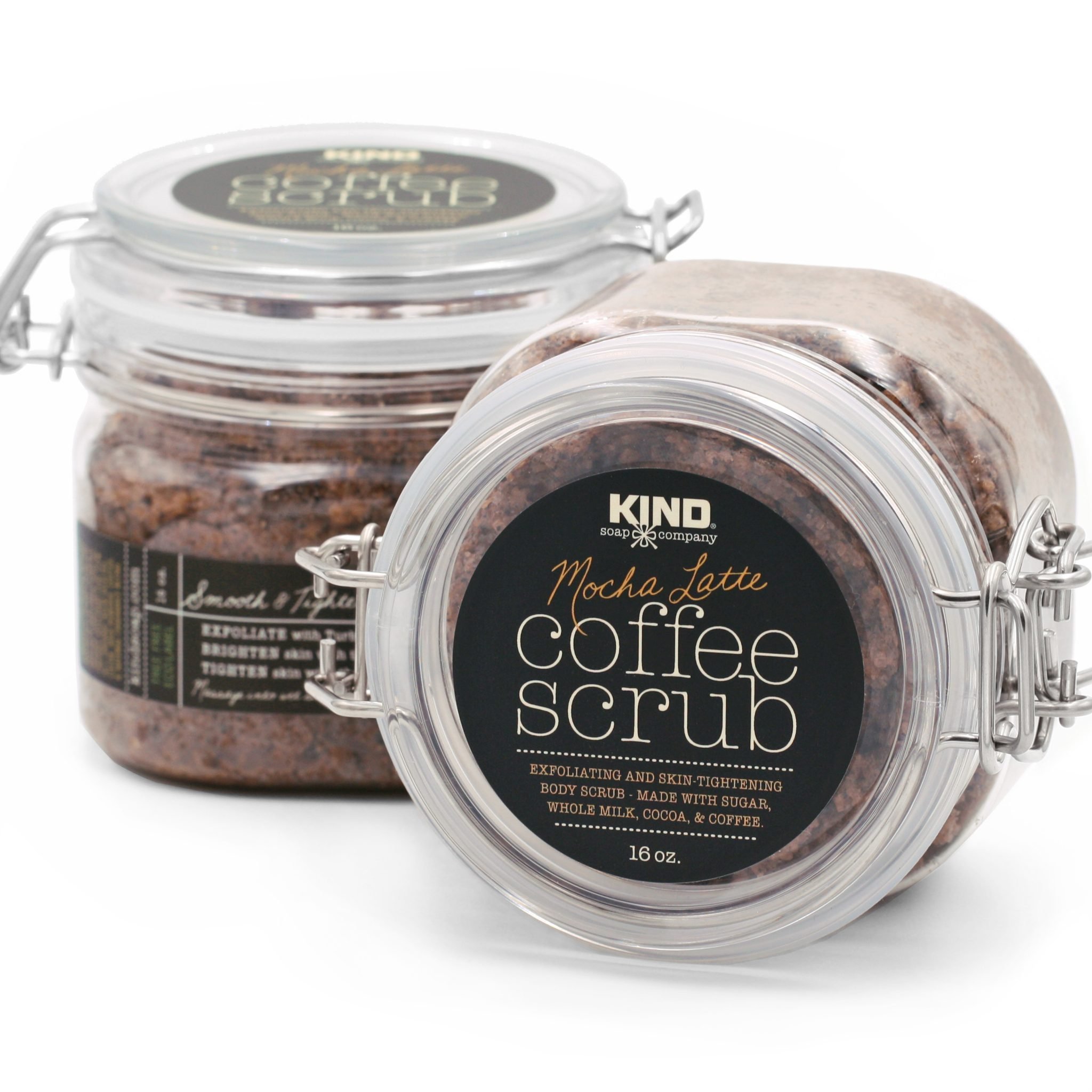
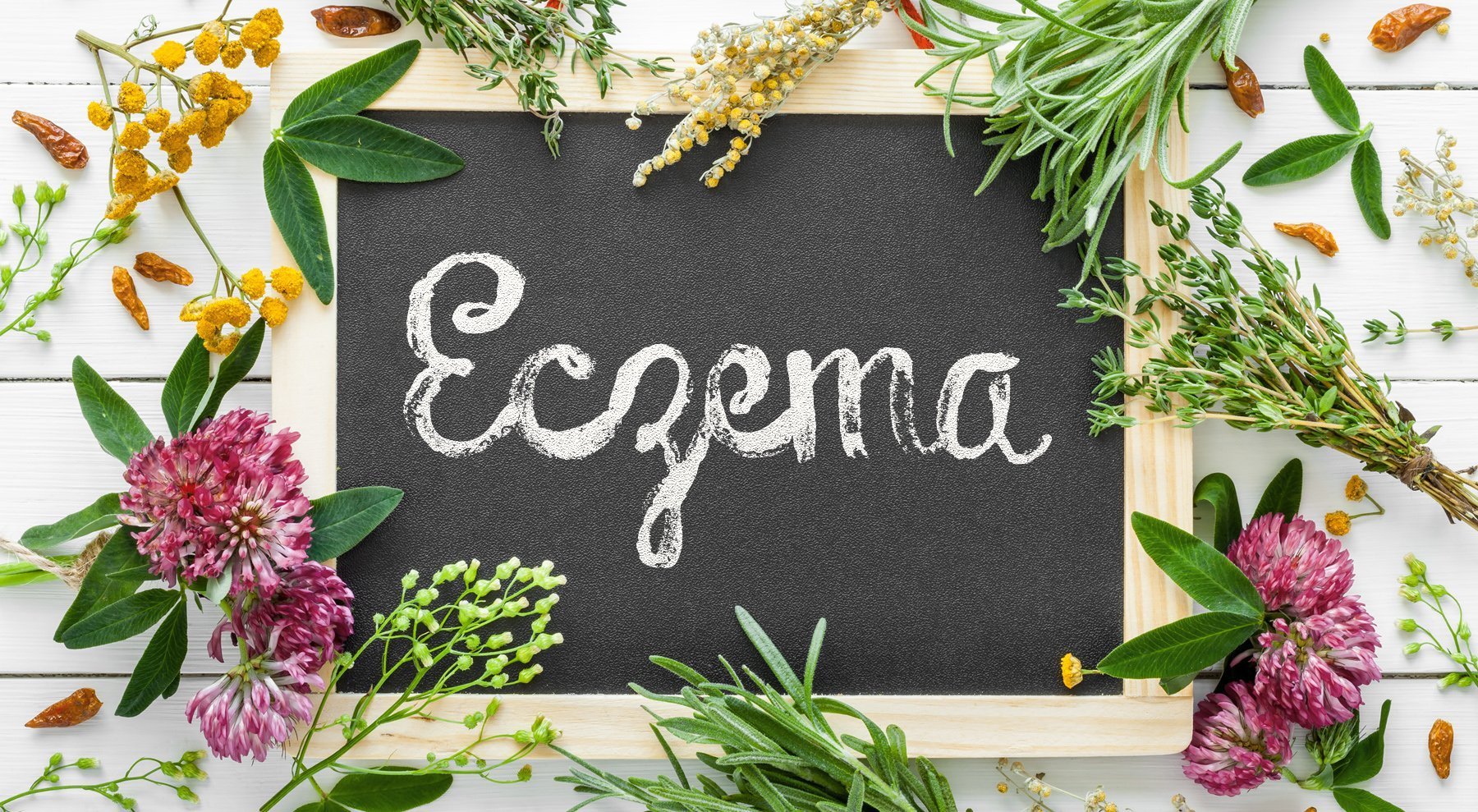



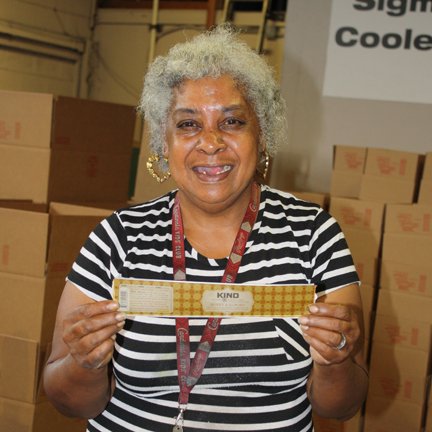
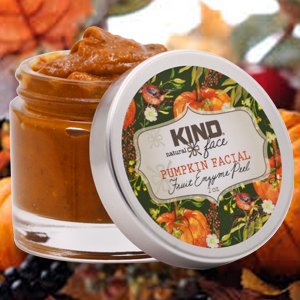
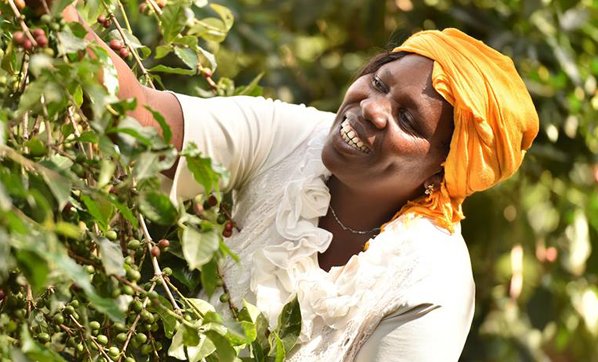
Leave a Reply